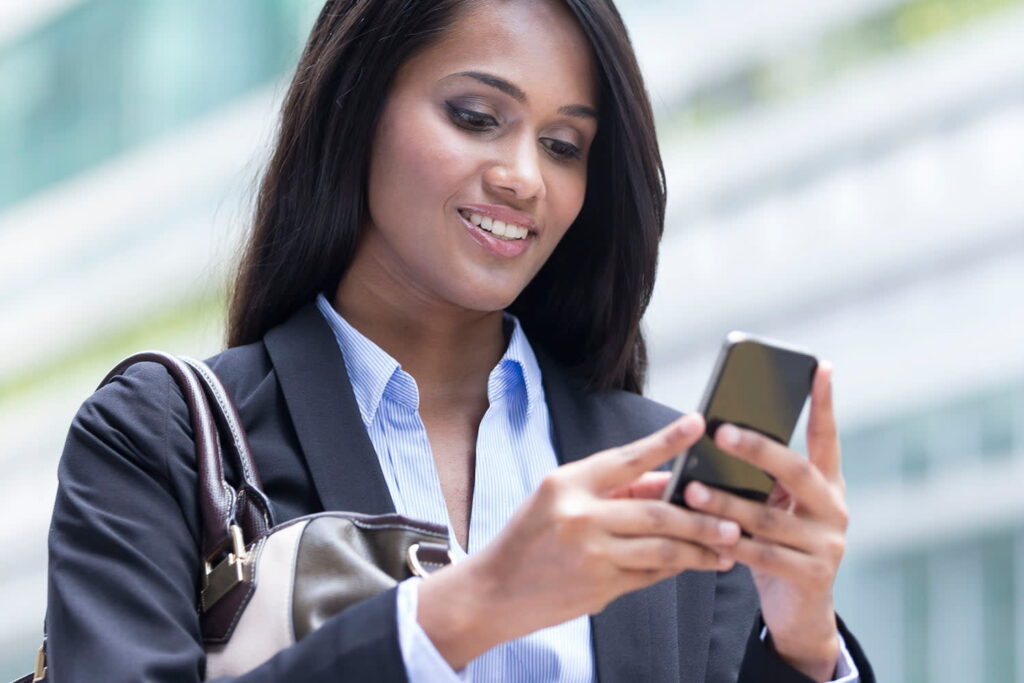
Introduction
Allot of people has been asking, how do I transfer data from one phone to another? In this fast-paced digital age, upgrading to a new smartphone is a common occurrence. However, the thought of transferring data from one phone to another can be daunting. Fear not! In this comprehensive guide, we will explore various methods to ensure a seamless and stress-free data transfer process. Whether you’re switching to a new phone or simply backing up your data, these techniques will save the day.
1. Back Up Your Data
Before delving into the actual data transfer, the first step is to ensure that your data is safely backed up. There are multiple ways to do this:
a) Cloud Services: Cloud storage platforms such as Google Drive, iCloud, or Dropbox offer convenient and secure ways to back up your data. Simply upload your important files, contacts, photos, and documents to the cloud, and they’ll be readily accessible when you set up your new phone.
b) Local Backup: If you prefer keeping your data offline, consider using your phone’s built-in backup feature. Both Android and iOS devices offer options to back up data locally to a computer or an external storage device using a USB cable.

2. Transferring Contacts
Contacts are an essential part of our smartphones, and transferring them should be a priority. Here’s how:
a) Google Account (Android) – If you’re switching between Android devices, syncing your contacts with your Google account is effortless. Head to Settings > Accounts > Google and enable “Sync Contacts.” When setting up your new phone, sign in with the same Google account, and your contacts will automatically populate.
b) iCloud (iOS) – For Apple users, syncing contacts with iCloud is the way to go. On your old iPhone, go to Settings > [Your Name] > iCloud, and toggle on “Contacts.” On the new iPhone, sign in with the same Apple ID, and your contacts will be synced.
c) SIM Card – Alternatively, if you’re moving from one basic phone to another, you can save contacts to your SIM card and insert it into your new device. Note that this method might not support all contact details and may have limited storage.
3. Moving Photos and Videos
Photos and videos hold cherished memories, making their transfer crucial. Here are a few methods to achieve this:
a) Cloud Services – As mentioned earlier, utilizing cloud services like Google Photos, iCloud, or Dropbox will ensure automatic syncing of your media files. This process saves you from manual transfers and keeps your files safe in case of device loss or damage.
b) USB Connection – For those who prefer to keep their files locally stored, using a USB cable to connect your old phone to a computer and then transferring the files to your new phone is a reliable method. Many modern smartphones include USB Type-C or Lightning connectors, making data transfer faster and more convenient.
c) Smart SAllot of people has been asking, how do I transfer data from one phone to another? In this fast-paced digital age, upgrading to a new smartphone is a common occurrence.witch (Samsung) – If you’re upgrading to a Samsung Galaxy device, you can use the Samsung Smart Switch app. This application allows you to transfer data wirelessly or through a USB cable from your old phone to your new one. It supports both Android and iOS devices.
4. Migrating Messages and Call Logs
Maintaining your message history and call logs is essential for staying connected. Here’s how to do it:
a) SMS Backup & Restore (Android) – On Android, you can use the SMS Backup & Restore app to back up your messages and call logs to a local storage location, Google Drive, or Dropbox. On the new device, restore the backup using the same app.
b) iTunes Backup (iOS) – For iPhone users, creating an iTunes backup on your computer will include your messages and call logs. Once you set up your new iPhone, restore from the iTunes backup to import the data.
5. App Data and Settings
While most apps can be easily reinstalled from the app store, transferring app data and settings can be tricky. Here are some approaches:
a) Google Account (Android) – Android devices automatically sync app data and settings with your Google account. When you sign in with the same account on your new phone, your apps’ data will be restored.
b) iCloud (iOS) – On iPhones, backing up using iCloud includes app data and settings. During the new device setup, choose to restore from an iCloud backup.
c) App-Specific Backups – Some apps offer built-in backup and restore options, allowing you to save your data independently. Check the settings within each app to see if this option is available.
6. Transferring Music and Audio
For music enthusiasts, transferring their favorite tunes is a must. Here’s how:
a) Streaming Services – If you use music streaming services like Spotify, Apple Music, or Google Play Music, simply log in on your new phone to access your entire library.
b) Local Transfer – If you have music files stored on your phone, you can transfer them via a USB cable or a micro SD card. Alternatively, use cloud storage platforms to store your music files and access them easily on your new device.
Conclusion
Transferring data from one phone to another might seem like a daunting task, but with the right approach, it becomes a seamless process. Backing up your data regularly and taking advantage of cloud services can save you from data loss and ensure you never miss a beat when switching devices. Remember to explore the unique features of your new phone, as they might offer proprietary data transfer solutions. With the methods outlined in this guide, you can confidently make the leap to a new phone, taking all your cherished data along with you. Happy transferring!
Leave a Reply